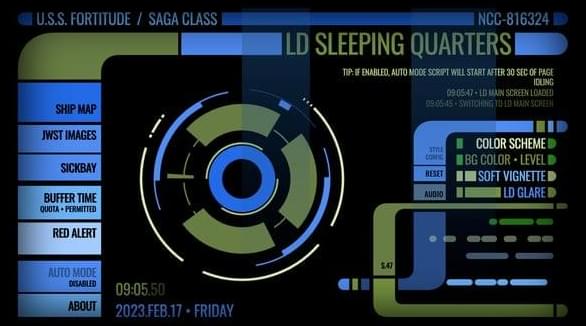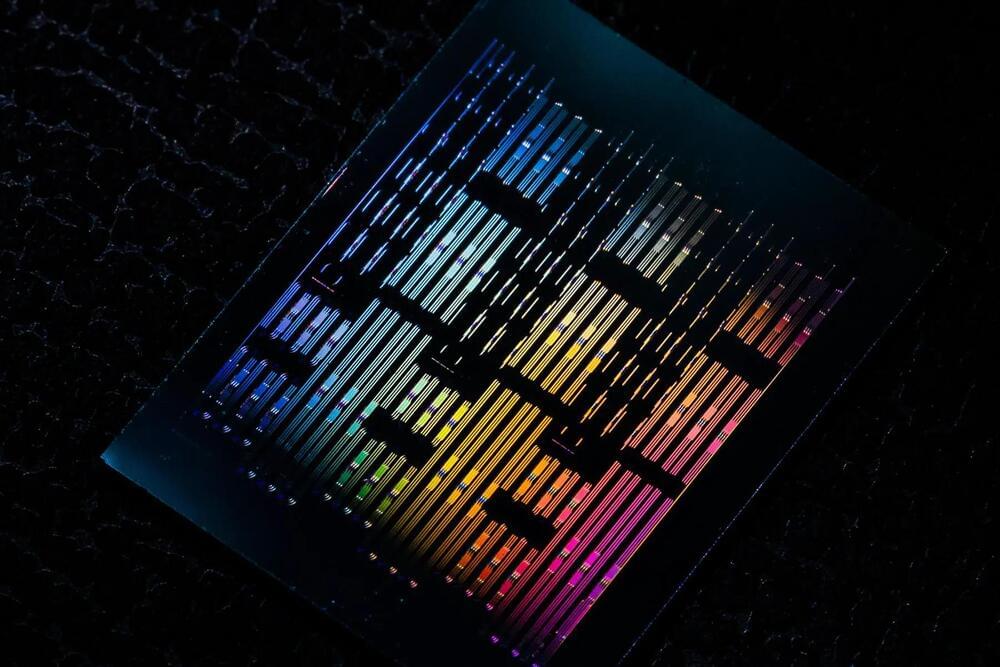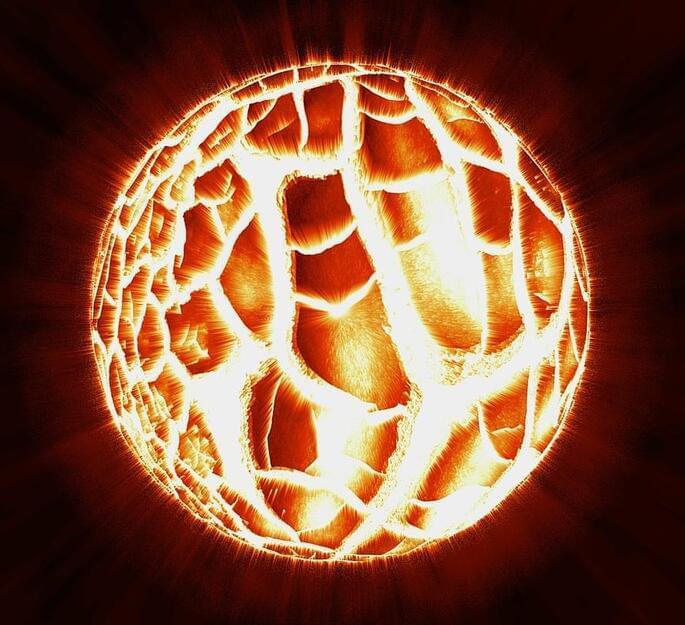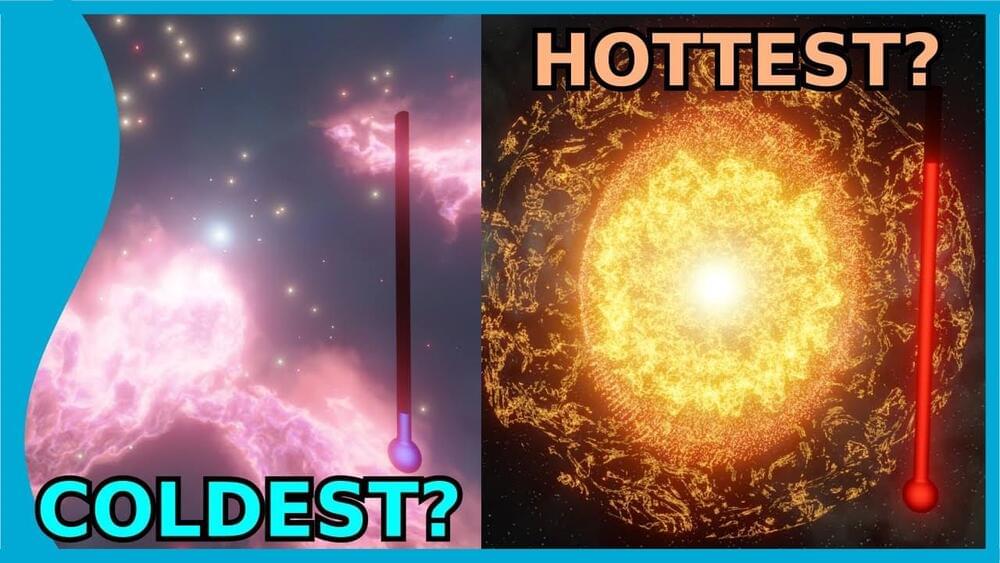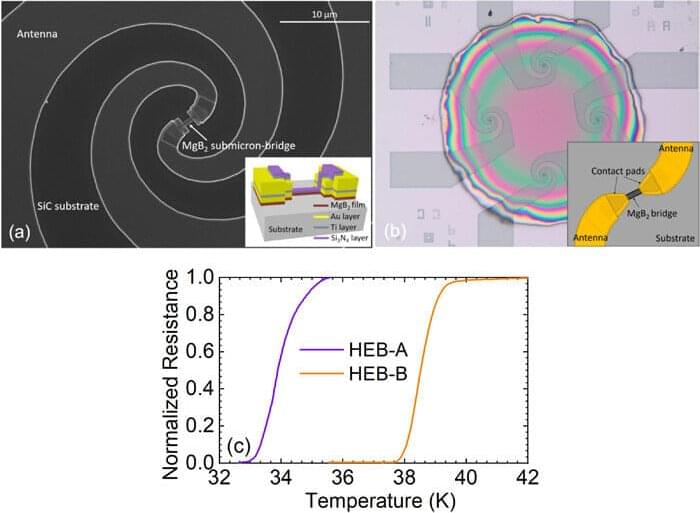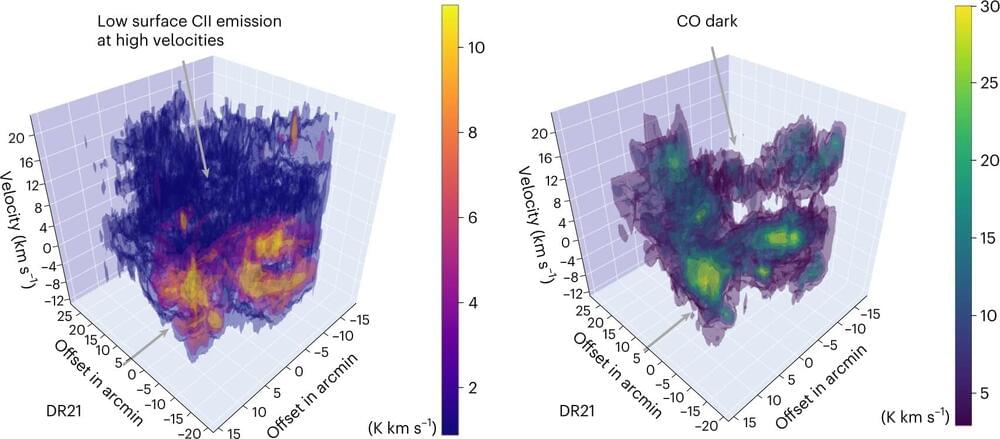Feb 18, 2023
‘Star Trek’ Fan Creates Interactive LCARS-Themed Website
Posted by Jose Ruben Rodriguez Fuentes in categories: computing, entertainment, space
LCARS is the fictional computer operating system used by Starfleet starships in several Star Trek TV shows and films. The system is currently displayed in the animated comedy Trek series Lower Decks. Now, one intrepid fan has adapted the Lower Decks version of LCARS into a “crazy fan project:” Project RITOS.
RITOS is a webpage that recreates the LCARS system. It’s a fun little site to poke around on. But, since this is just a recreation, there’s no actual functionality you can incorporate onto your computer. As the RITOS About page states, you just “point & click & watch. There are no goals nor wrong thing to do here. It’s just a mindless site.”
It may be mindless, but it’s also a faithful recreation of the LCARS system as depicted not just in Star Trek: Lower Decks but also in The Next Generation, Deep Space Nine, and Voyager. Users can click around into various displays that show crew quarters, a ship map of the Cerritos (the Federation starship in Lower Decks), JWST (James Webb Space Telescope) images, and a Sick Bay screen. There are plenty of fun things to click on and little easter eggs to uncover for dedicated Trek fans.
